| SMHRIC |
| May 29, 2011 |
| New York |
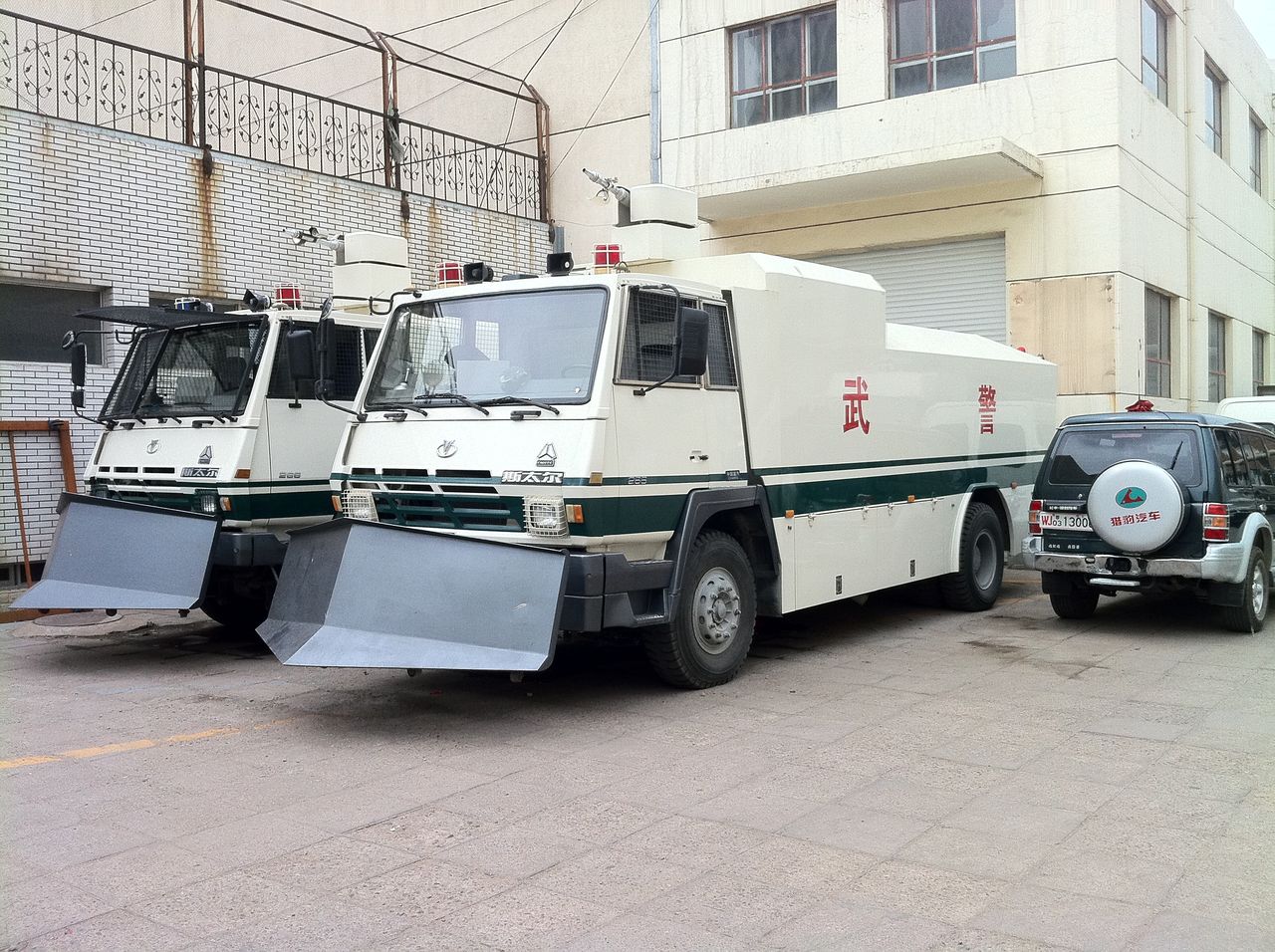 |
|
|
Armed vehicles in Hohhot ready to crackdown on protests by Mongols (05/29/2011 SMHRIC photo, see more photos below).
|
According to reliable sources, despite the tight security, on May 28, 2011, hundreds of Mongolian students and herders took to the streets of eastern Southern Mongolia’s Ulaanhad (Chi Feng) City to demand the rights of the Mongolian people be respected.
“Yes, Mongolian students took to the streets of Xincheng District of Ulaanhad yesterday,” a business person near the Ulaanhad Normal School, home to thousands of Mongolian students, said.
“Some Mongolian herders from fairly long distances also joined the protest,” a Mongolian physician who asked not to be identified told SMHIRC, “but the protestors were dispersed shortly by riot police and army.”
Riot police and army troops have been dispatched to Tongliao Municipality (former Jirim League), home to the largest Mongolian population (1.5 million), where all Mongolian schools and colleges are now under heavy guard.
“I have been put under home confinement, and if I want to go out I must get an approval,” Mr. Almas Sharnud, a dissident and activist in Tongliao City, told SMHRIC over the phone, “two security personnel follow me publicly when I go out.”
“Several friends of mine told me that on the morning of May 28, around 6:00AM, hundreds of Mongols gathered near the Sharmurun Square,” Almas said, “but reportedly they were immediately dispersed by the army deployed from the Shen Yang Military District.”
“No one can get close to Sharmurun Square now. There is heavy presence of army and police,” a Mongolian company worker who asked not to be identified told SMHRIC over the phone.
In Dongsheng, capital city of the coal-rich Ordos league, the authorities are on high alert. Streets are sealed off and schools are closed.
“Police visit our home more regularly than before and monitor our daily activities even closer,” Ms. Bayanhuaar, wife of Batzangaa who was deported from Mongolia back to China while he was seeking political asylum with the United Nations High Commissioner for Refugee (UNHCR) in Ulaanbaatar, told SMHRIC, “it is extremely outrageous that they try to control our every movement.”
In Shiliin-gol league, where the first protests started following the killing of Mergen, security is extremely tight. The League capital Shiliin-hot, Left Ujumchin Banner, Right Ujumchin Banner, Shuluun Huh Banner, and Huveet Shar Banner are under the highest alert. Another 9 herders were arrested in Sangiindalai Sum alone in Shuluun Huh Banner. Y. Baatar, a prominent activist and right defender, has been missing since Friday. Despite the security clampdown, hundreds of herders in Hankal sum of Shuluun Huh Banner continue a round-the-clock blockade of oil company trucks.
Social media including QQ instant messenger, text messaging and Internet chatting that played a crucial role in organizing large scale of protests in the region are almost completely shutdown. Phone calls to many schools, colleges and institutions where there are substantial number of Mongolian students are mostly unanswered.
In this unprecedented surge of protests throughout Southern Mongolia, where the pent up grievances of millions of Mongols have surfaced, the SMHRIC joins the many individuals and human rights organizations who have urged Chinese authorities to show restraint and conciliation and avoid bloodshed and violence. We urge Chinese authorities to see these protests as an opportunity to engage in dialogue with the Southern Mongolians and understand that these actions are an expression of a people’s desire to achieve their constitutionally guaranteed rights. These rights can no longer be disrespected.
Photos of Hohhot, capital city of Southern Mongolia, under marshal law (05/29/2001):
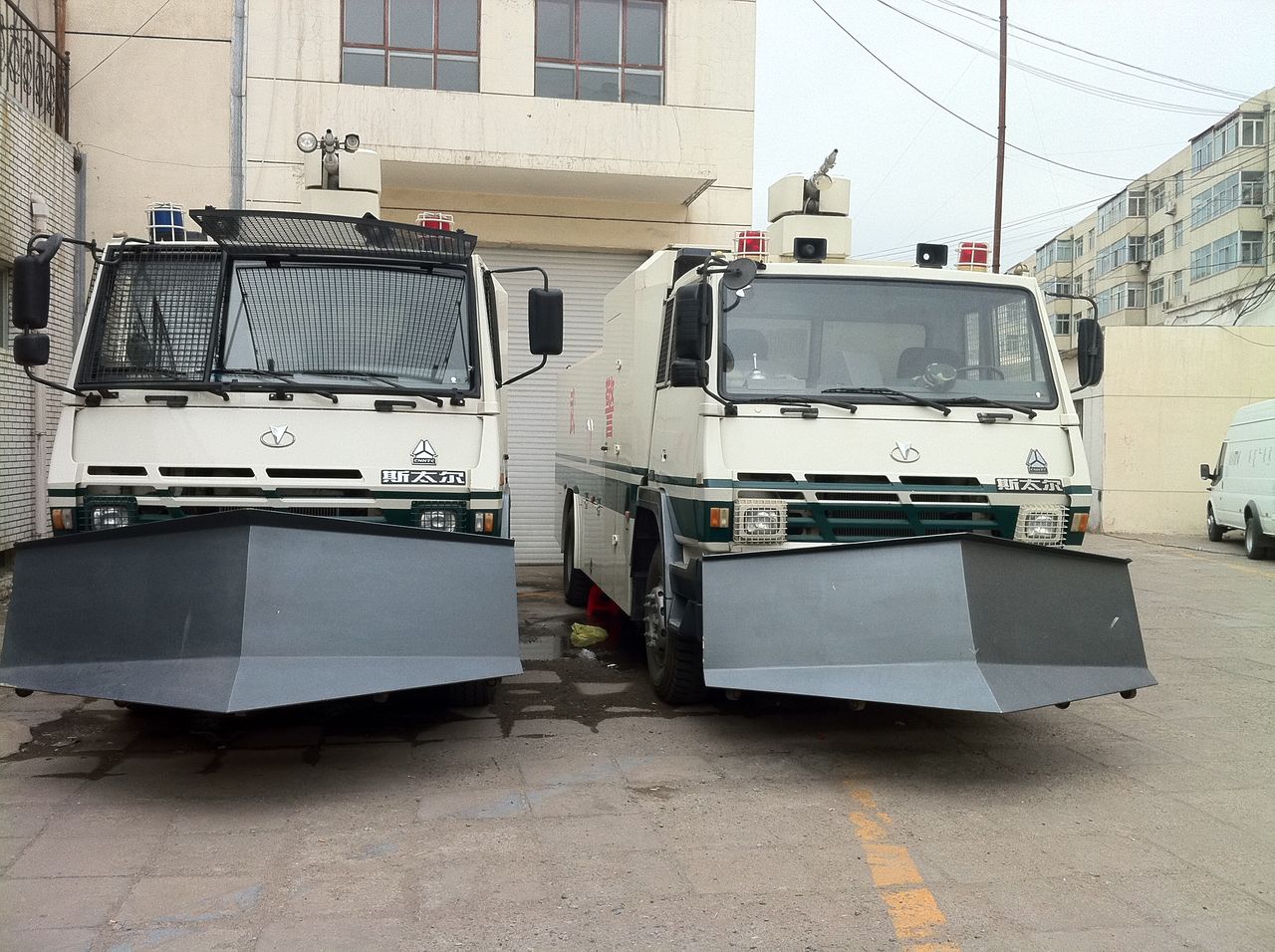
Ready to crash any protest of the Mongols

"Armed police" vehicles
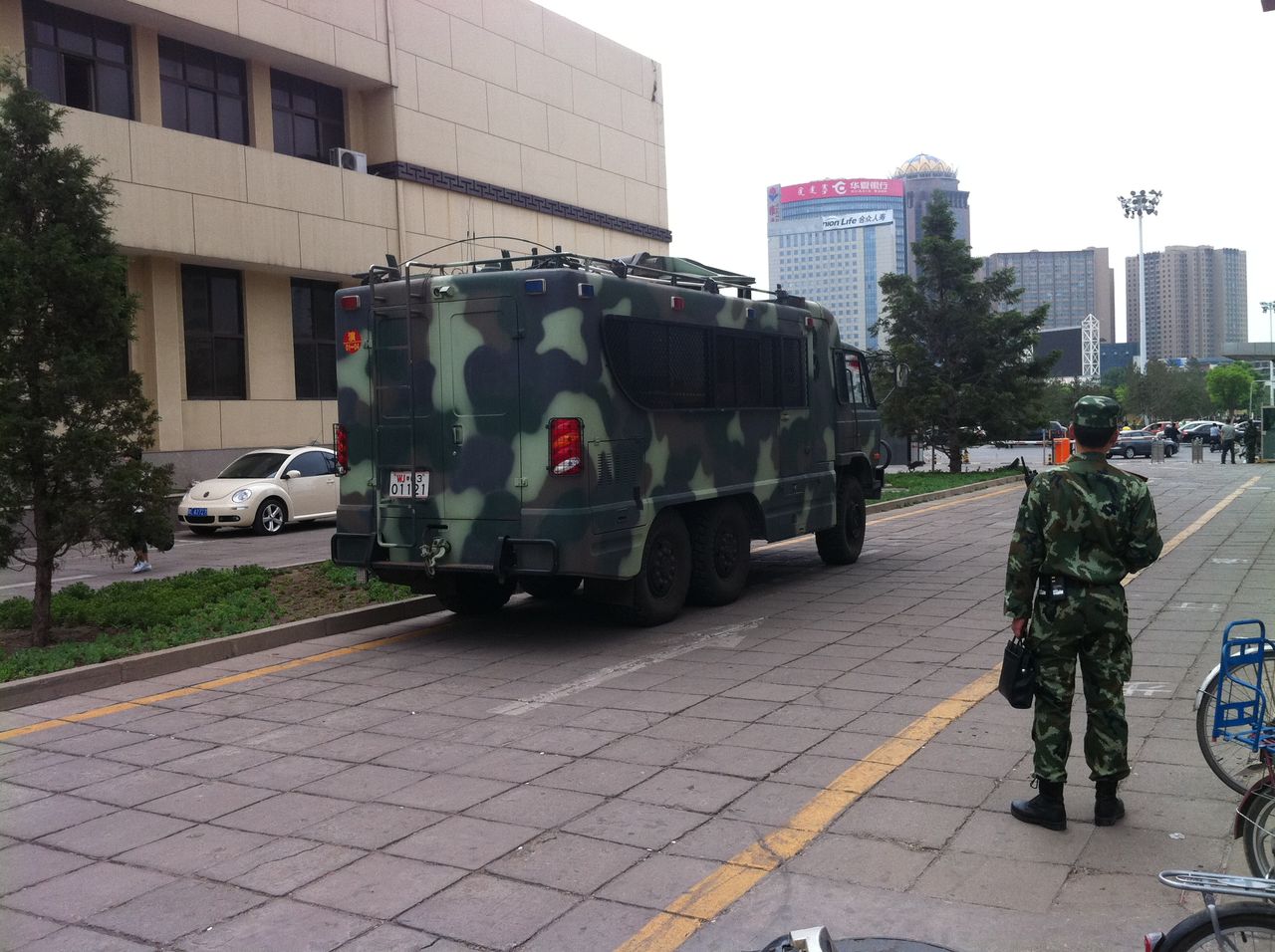
Heavy army vehicle
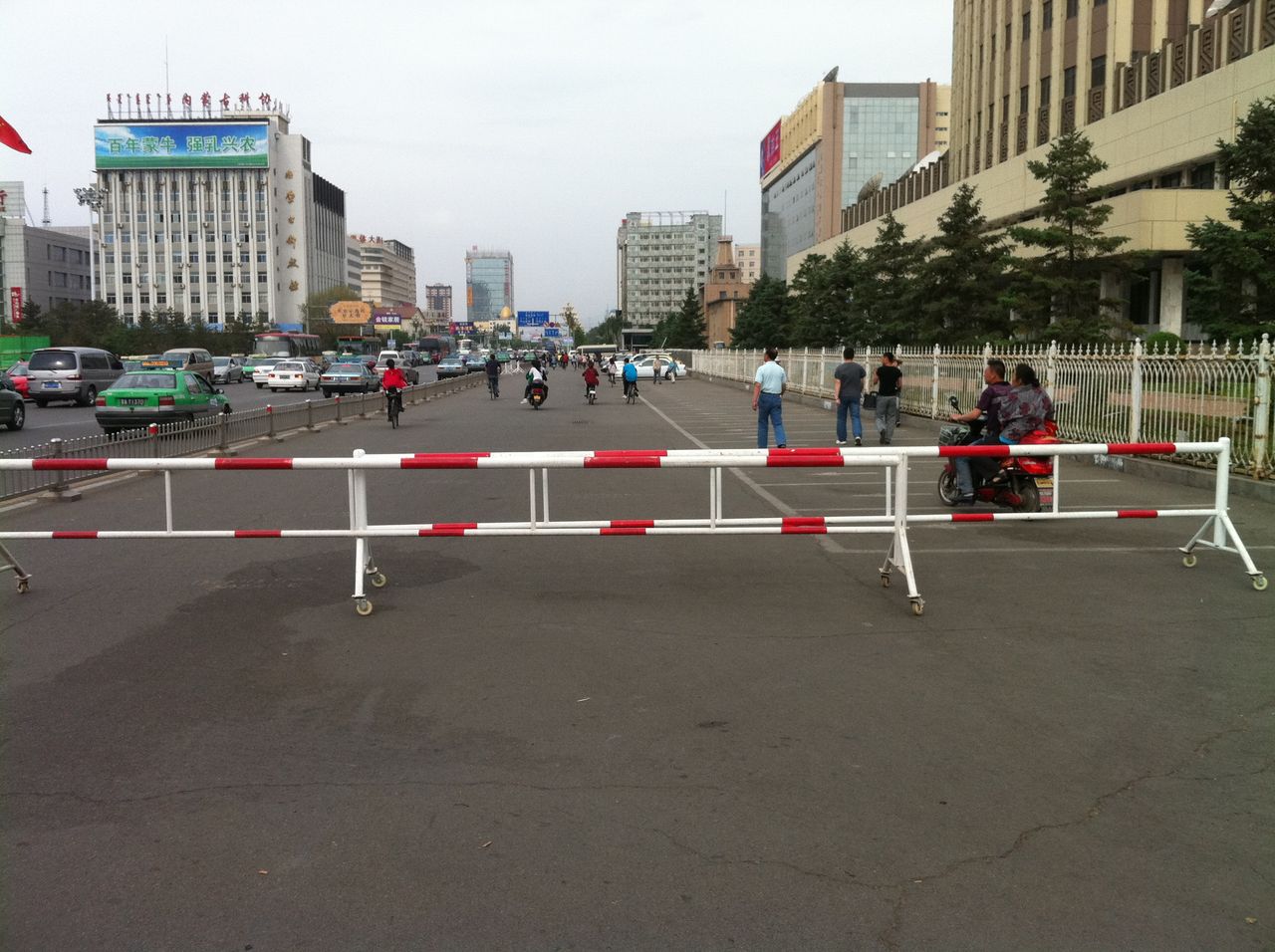
Streets sealed off
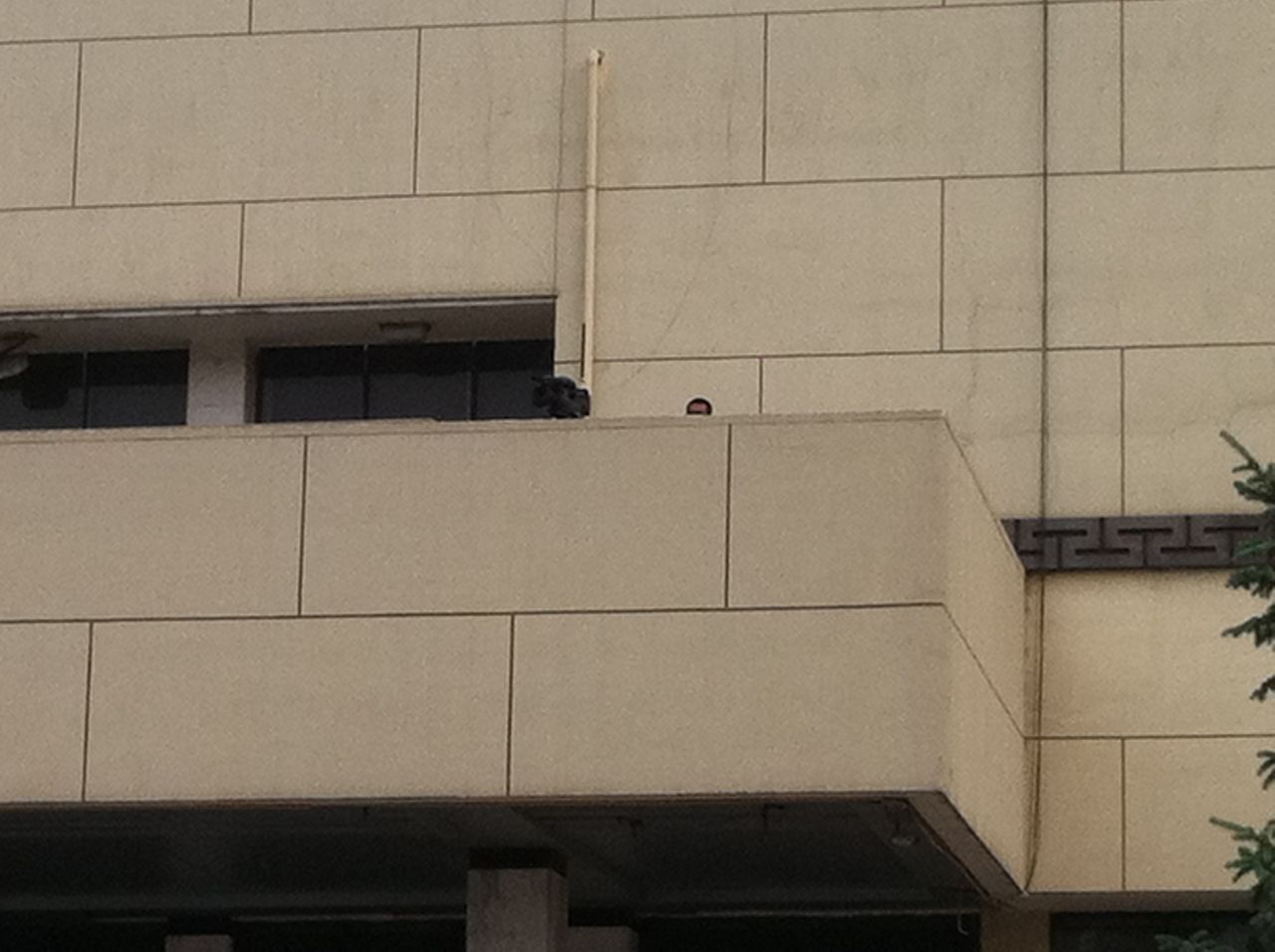
Security cameras everywhere
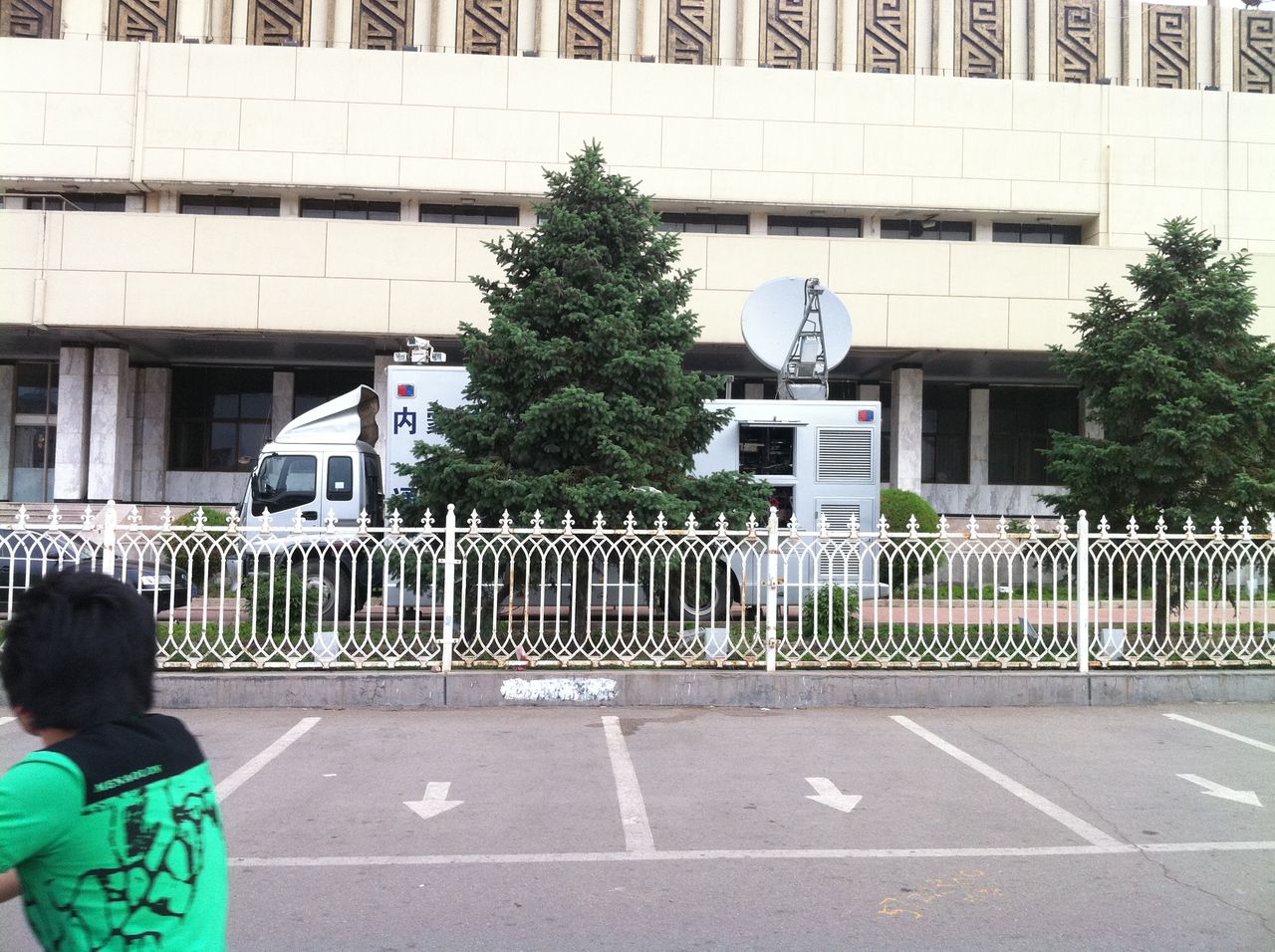
Mobile security equipment
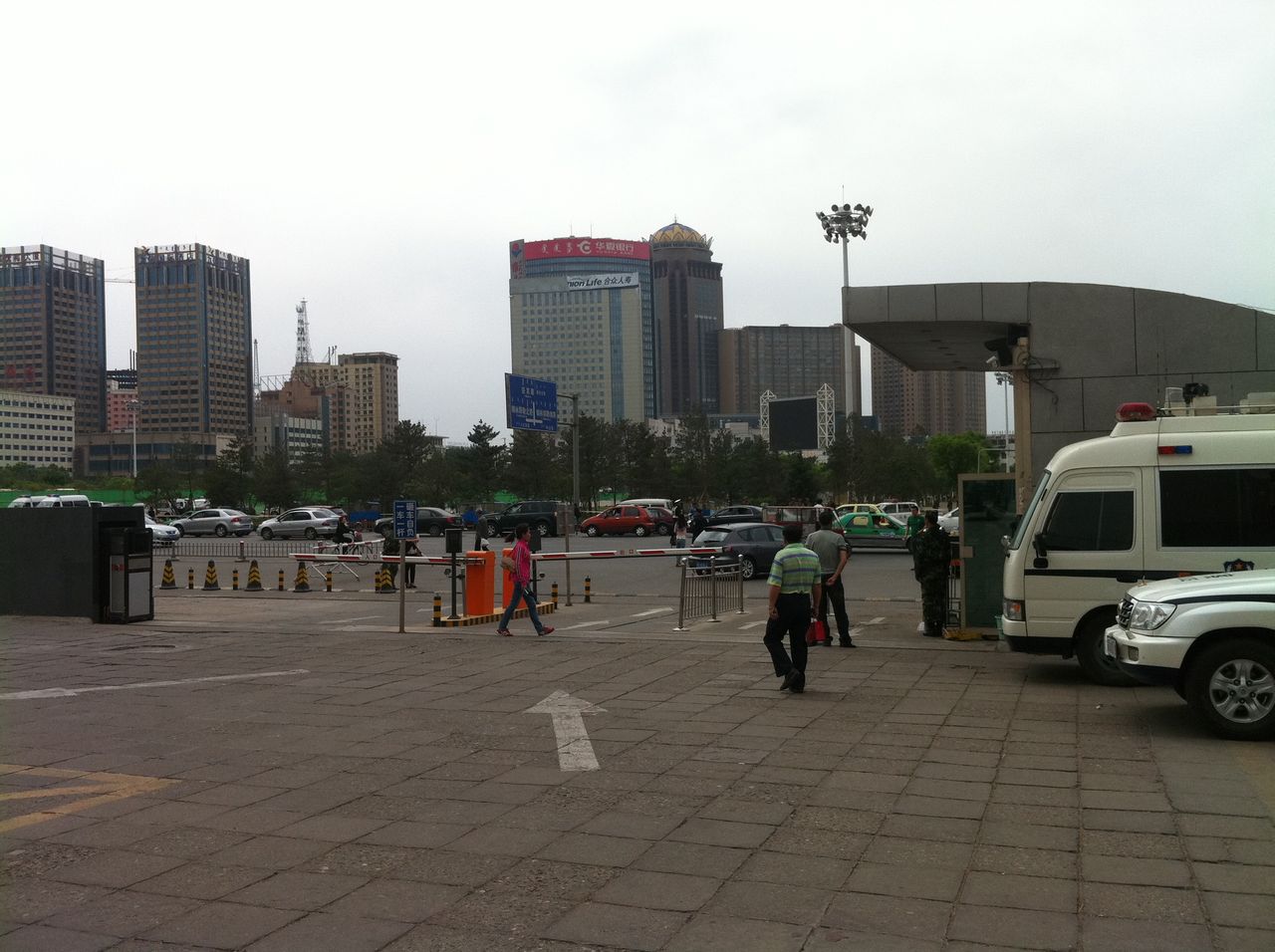
Xinhua Square, location of the planned mass demonstration, sealed off
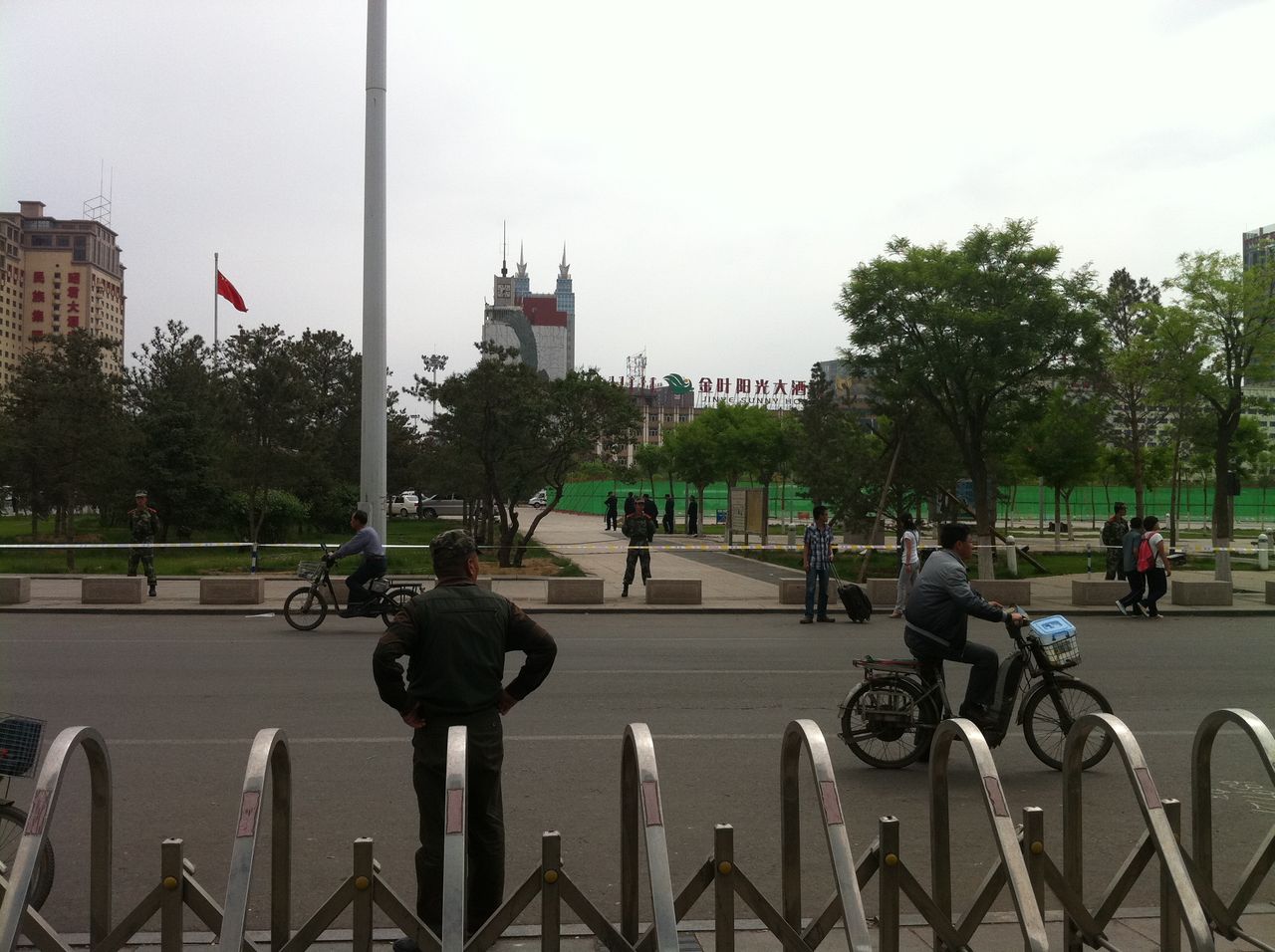
Squares sealed off and heavily guarded
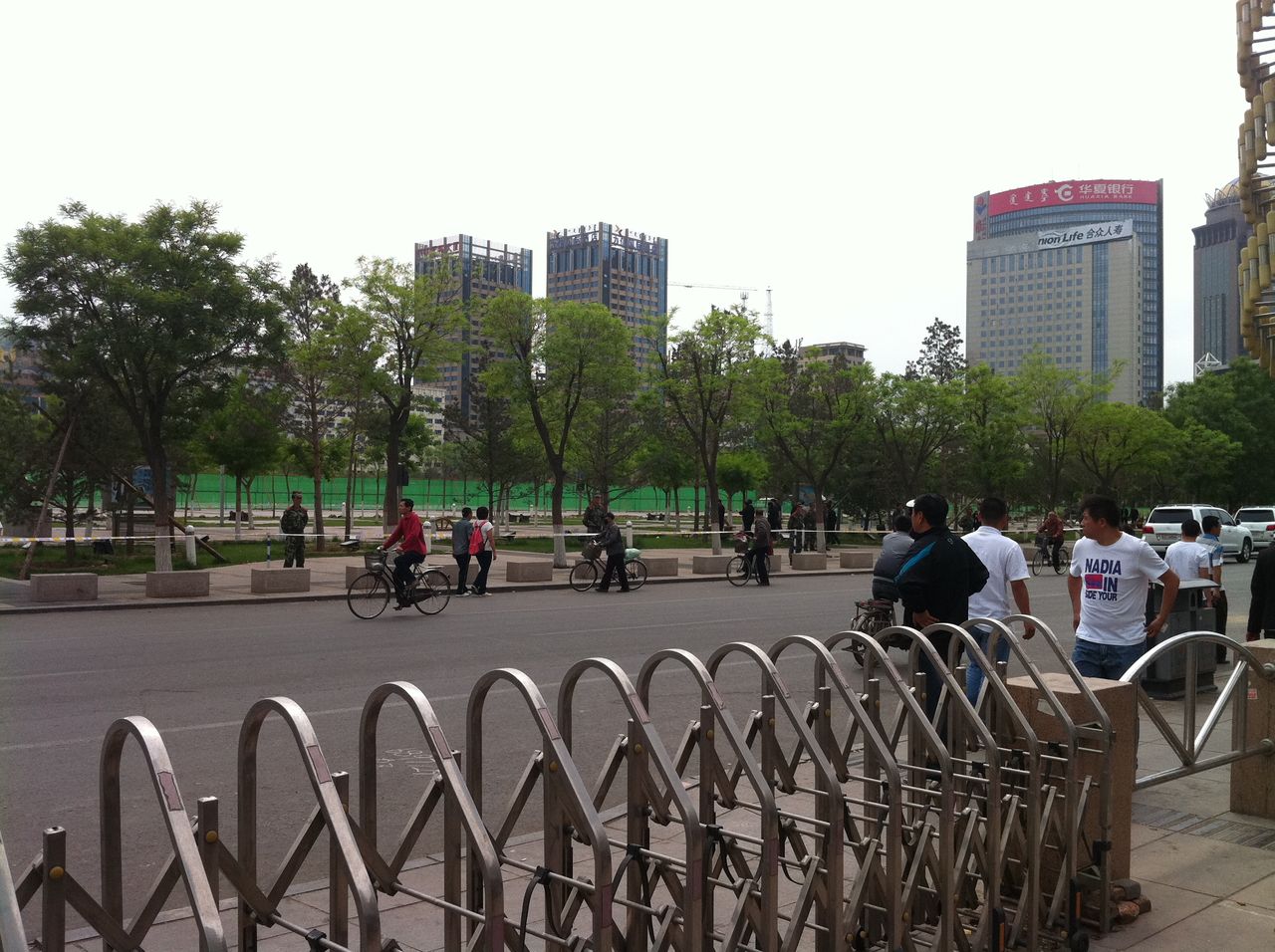
Tense atmosphere
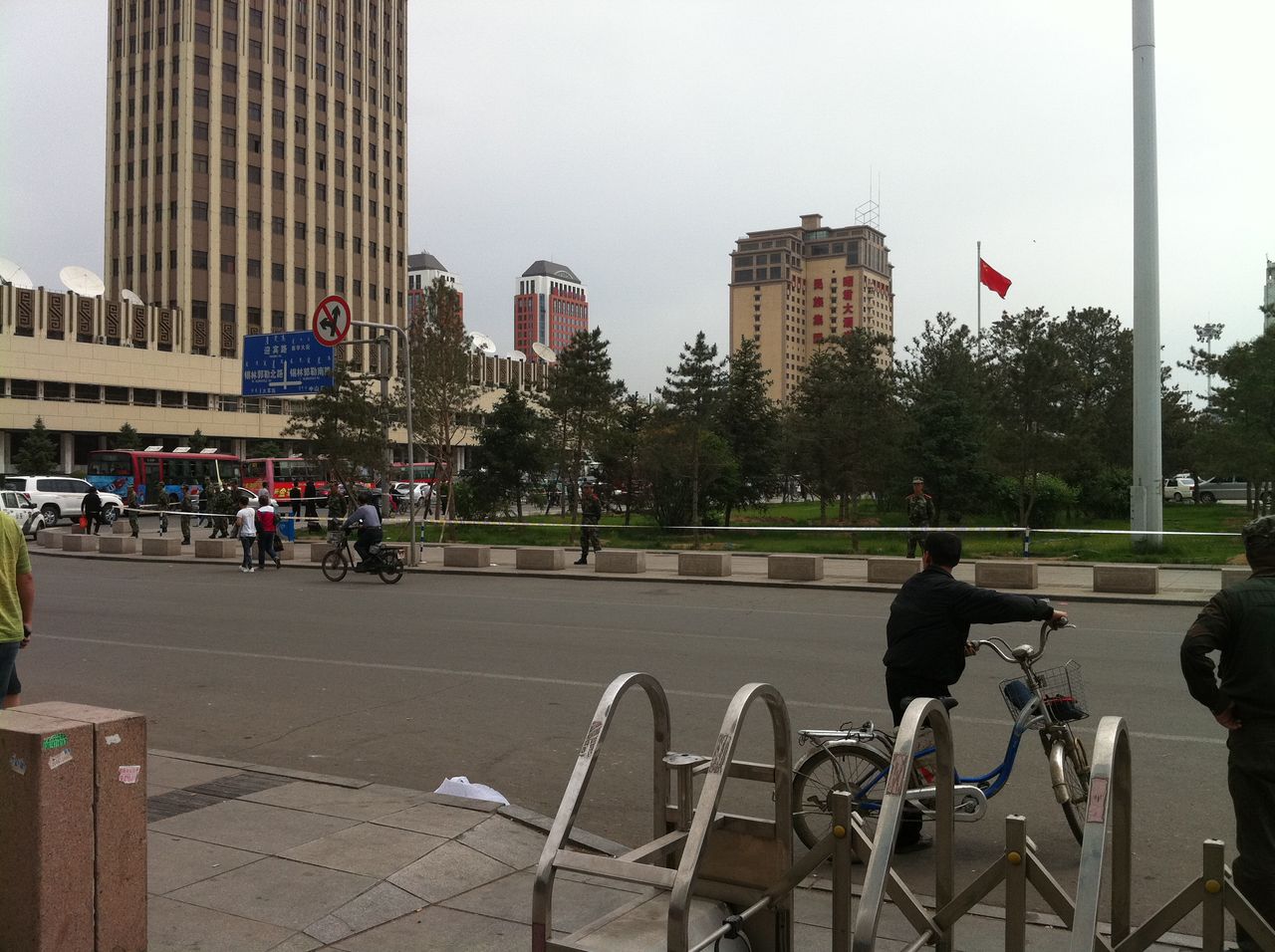
Sealed off and guarded
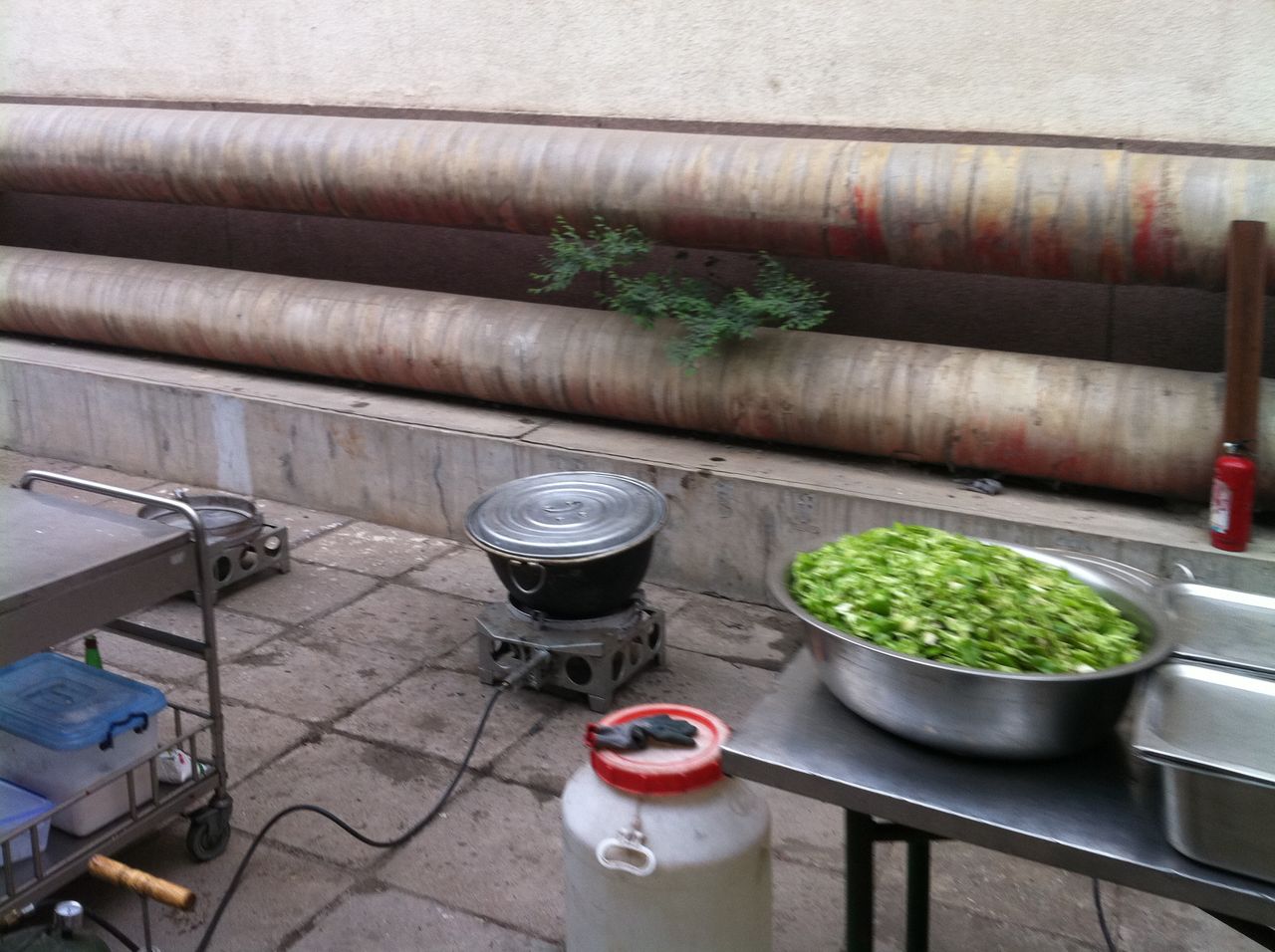
Police and army personnel cook on the streets
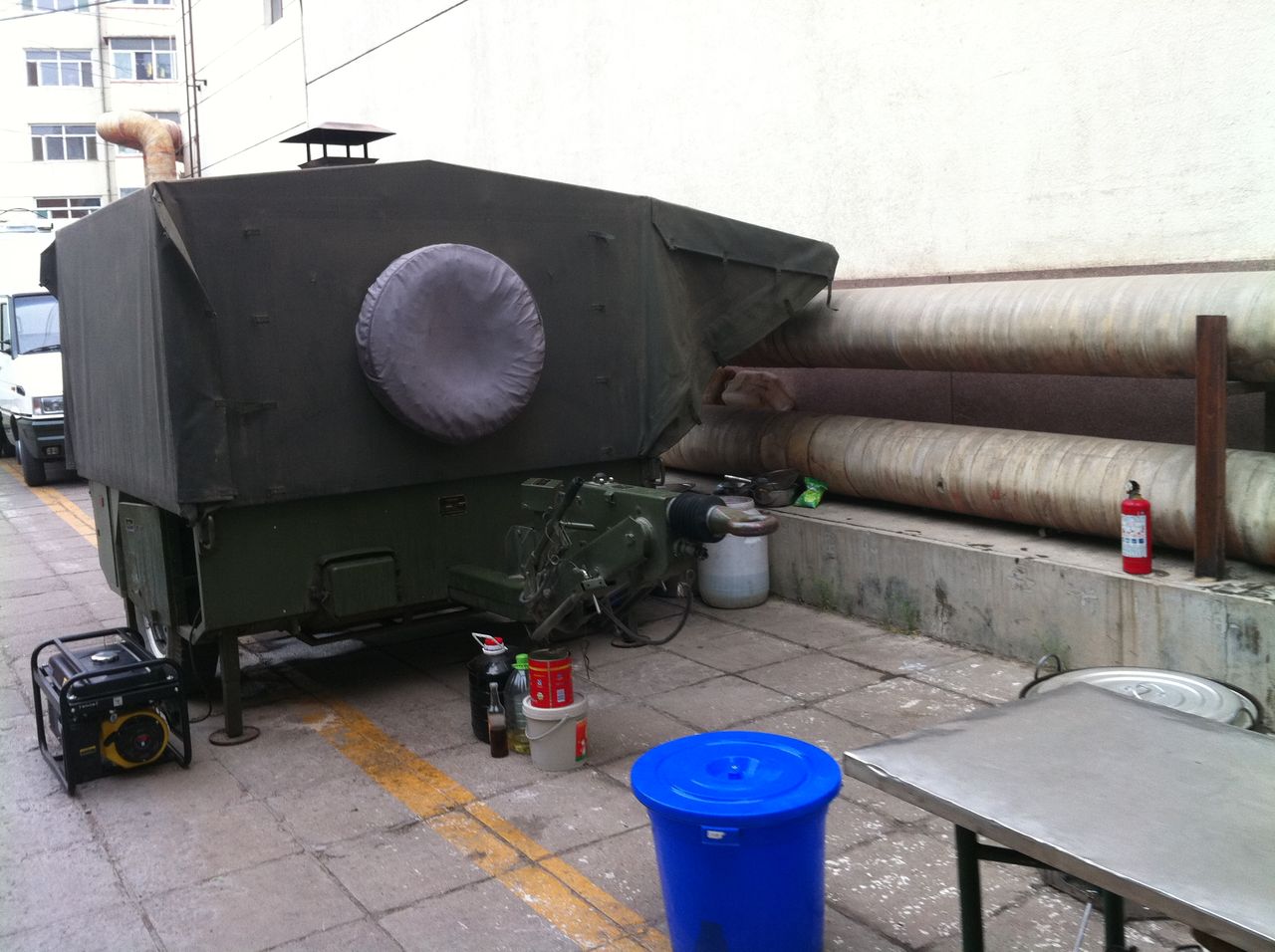
Soy sauce, cooking oil and army logistics







